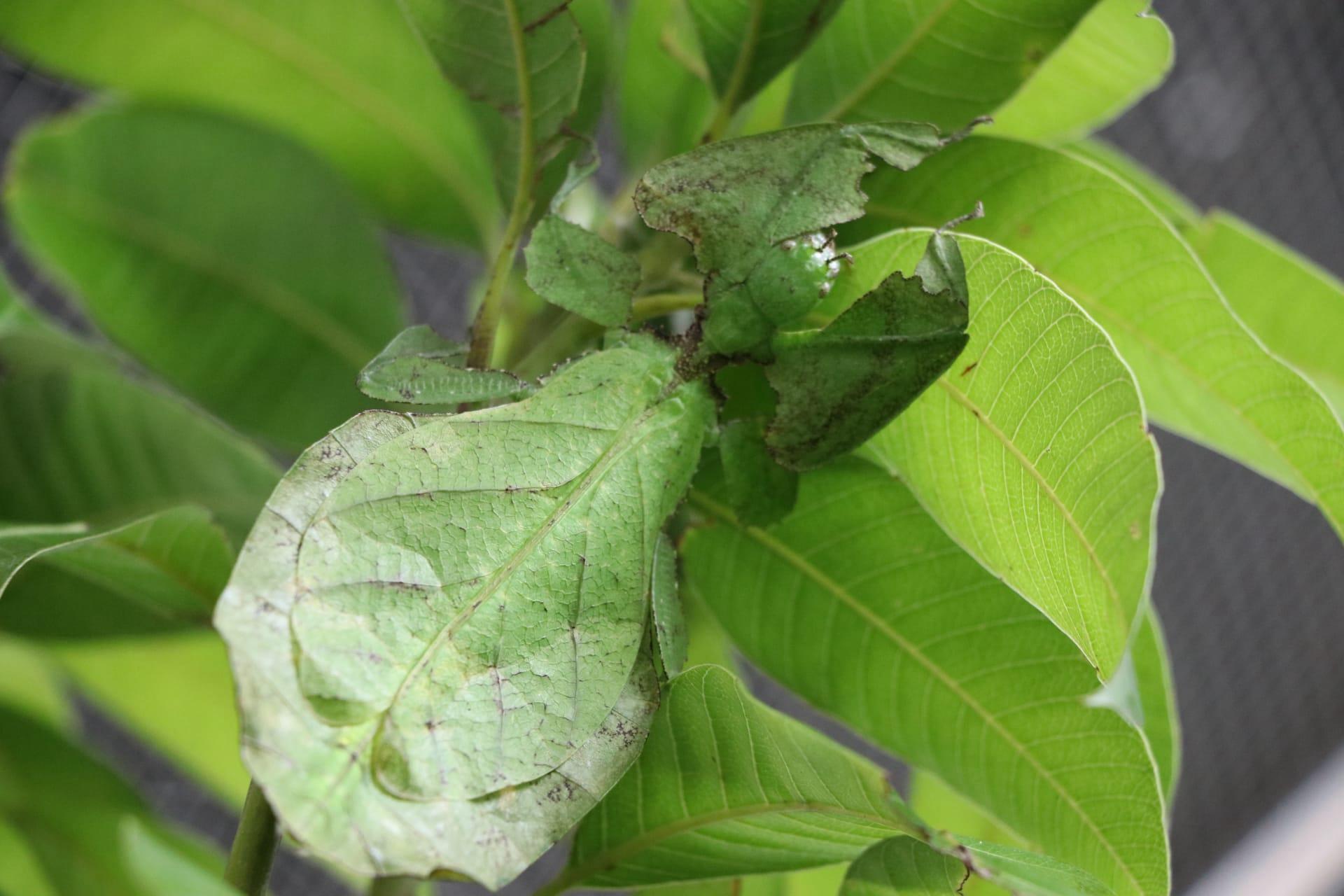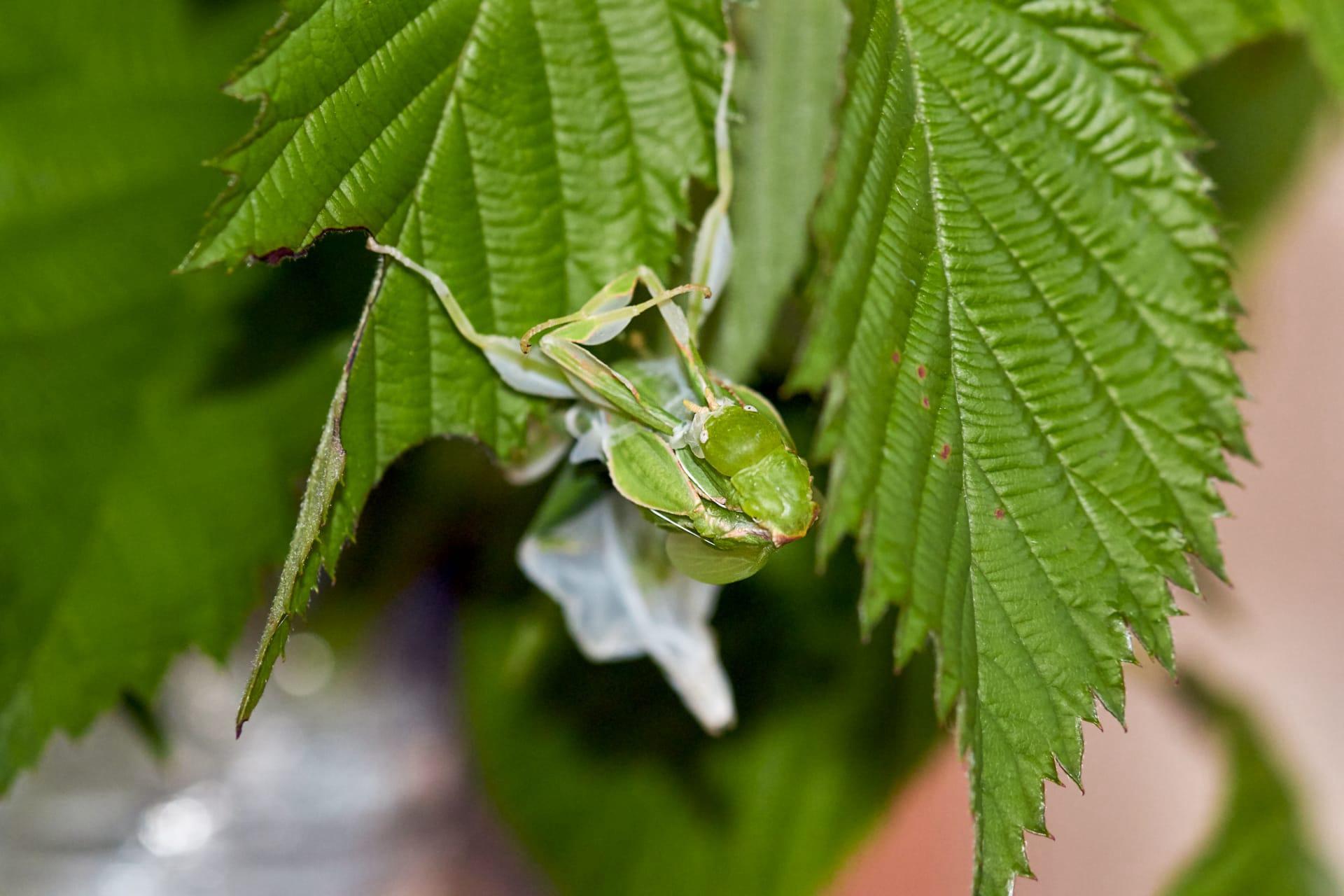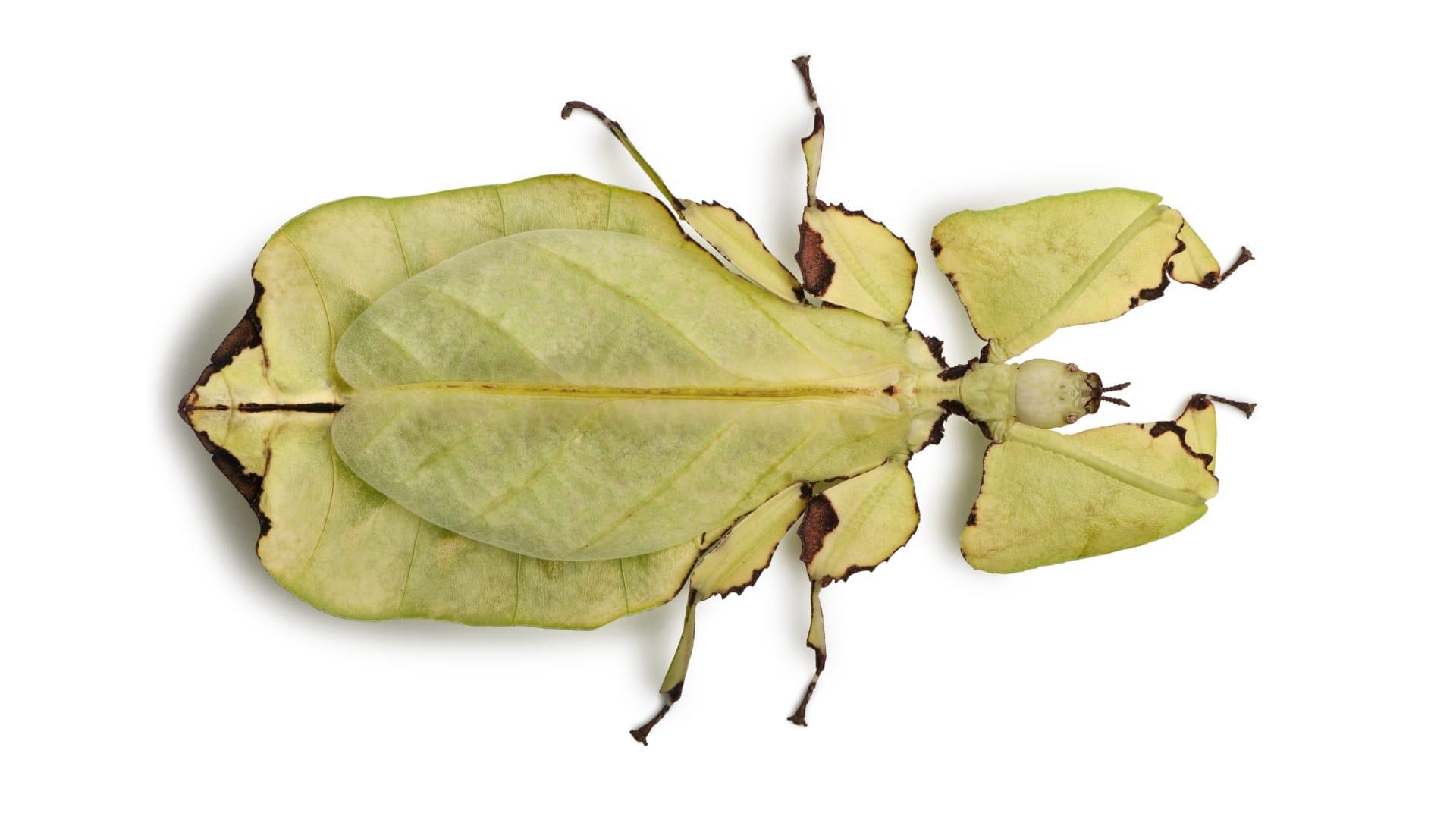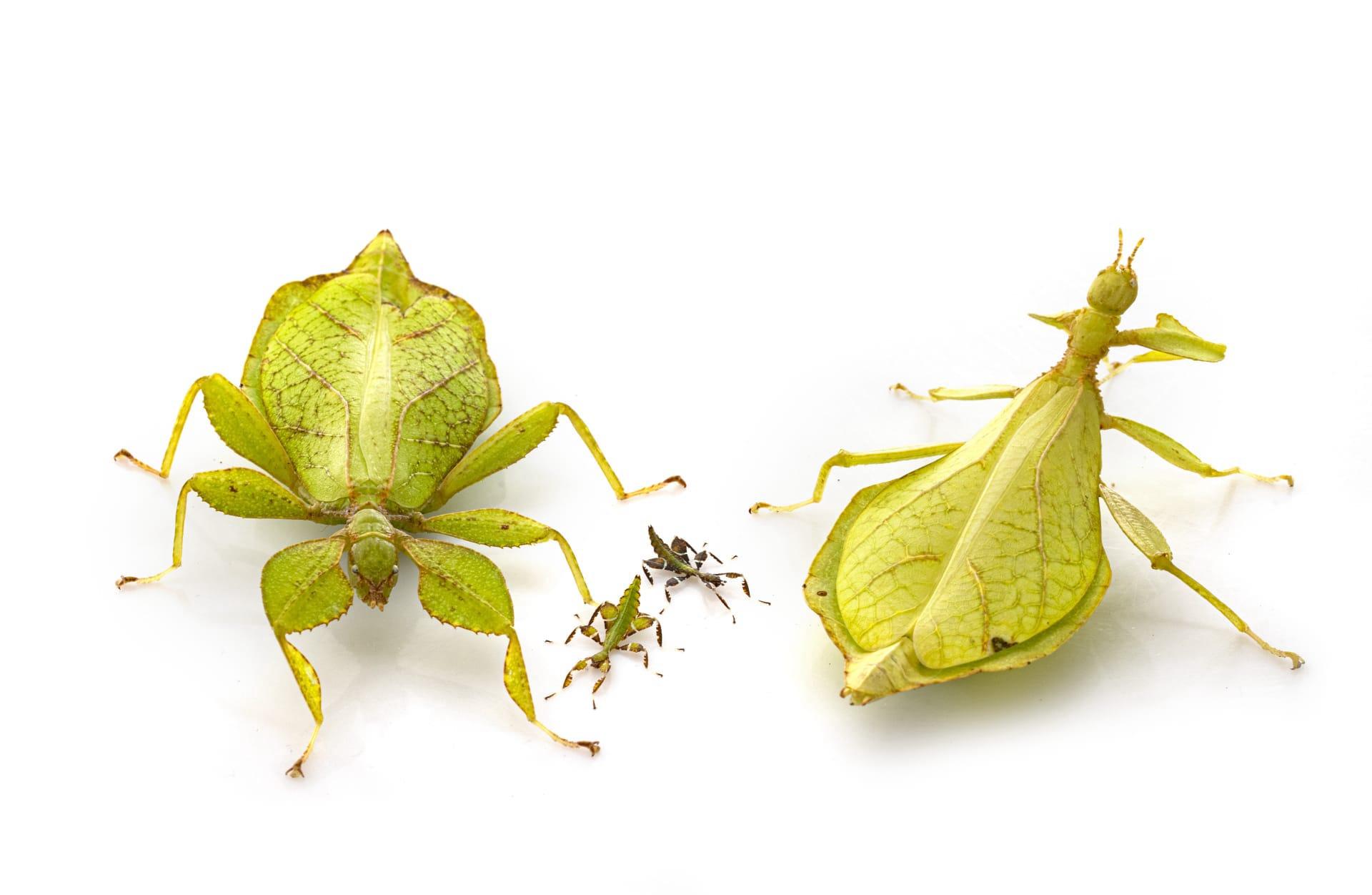Leaf Insect Characteristics
- Home /
- Mini Encyclopedia /
- Animal /
- Leaf Insect Characteristics
1
Leaf insects, scientifically known as Phylliidae, are a group of leaf-like insects that are masters of camouflage. They have a remarkable flat body, typically ranging from 2 to 4 inches (5 to 10 cm) in length, depending on the species. Their life span, although varying, usually lasts about a year in captivity. The most fascinating aspect is their ability to blend seamlessly into their environment, making them almost invisible to predators.
One of the most distinctive organs of leaf insects is their legs. The legs are not only crucial for mobility but are superbly adapted for mimicry. Each leg is flat and broad, resembling a leaf, complete with veins and a leaf-like appearance. This adaptation aids in their camouflage, as they often remain motionless, blending in with actual leaves. The legs also play a critical role during feeding, as they help in grasping and holding onto leaves, which are their primary food source.

2
Question: What do leaf insects eat and how do they feed?
Answer: Leaf insects are herbivores, primarily feeding on leaves. Their diet mainly includes leaves from plants like oak, guava, and raspberry. They have strong, sharp mandibles that allow them to chew through tough leaf material. Interestingly, their feeding habits contribute to their camouflage. They often eat from the edges of leaves, causing minimal damage, which helps in maintaining their disguise in the foliage.

3
Leaf insects are known for their unique movement, which further aids their camouflage. They have a distinctive, slow, and rocking motion, resembling a leaf swaying in the wind. This movement is particularly noticeable when they walk, making them even more inconspicuous to predators. This tactic is a crucial survival mechanism in their natural habitat.
Regarding their feeding characteristics, leaf insects are nocturnal feeders. They are most active at night when they feed on their preferred leaves. Their feeding is a slow process, aligning with their overall sluggish and stealthy movement. They use their specially adapted legs to hold onto the leaves while feeding, ensuring they remain stable and secure.

4
Leaf insects are typically found in tropical environments, thriving in areas with high humidity and an abundance of foliage. They are prevalent in rainforests and wooded regions in South Asia, Australia, and the Pacific Islands. These environments provide the perfect backdrop for their camouflage skills, offering a variety of leaves for food and shelter.
In terms of reproduction, leaf insects exhibit an interesting phenomenon known as parthenogenesis, where females can reproduce without mating with a male. The eggs laid by females resemble seeds, aiding in their concealment from predators. The gestation period for these eggs varies, but it's usually several months. Upon hatching, the nymphs resemble miniature adults and immediately begin their camouflage behavior.

5
Book: "Masters of Disguise: A Natural History of Leaf Insects" by Dr. Helen Sharp. Published in the United States, 2015. This book provides an in-depth look at the biology, behavior, and camouflage techniques of leaf insects. Dr. Sharp, an entomologist, combines her extensive research with vivid photography, offering readers both scientific insight and visual delight.
Book: "Leaf Insects: Unseen Warriors of the Forest" by Michael F. Braby, published in Australia in 2018. Braby, a renowned biologist, explores the evolutionary history and ecological significance of leaf insects. The book delves into their survival strategies, focusing on their mimicry and camouflage, and includes detailed case studies from various tropical forests around the world.